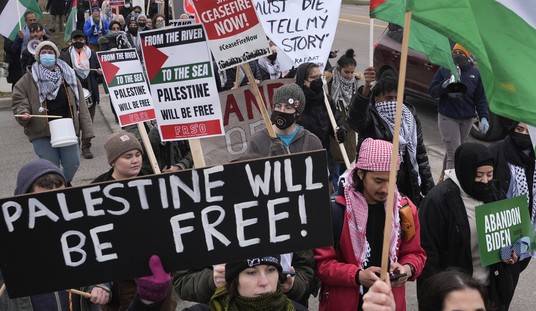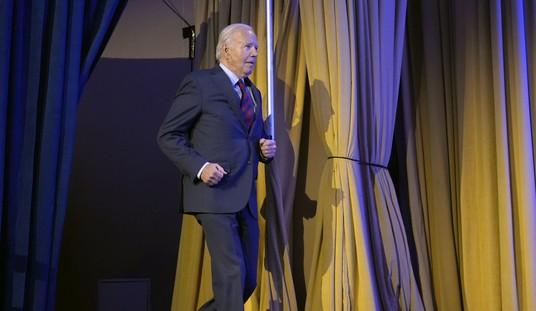We’ve sunk $169 billion, and counting, into bailing out Fannie Mae and Freddie Mac.
Every economist understands the concept of opportunity costs—that is, alternatives uses for resources that we expended. Put simply, the Fannie and Freddie bailout is $169 billion that could have been used productively by the private sector to create jobs and/or wealth. Instead it has gone to continue a corrupt and broken system.
Unfortunately many non-economists, especially some of my friends on the left, behave as if there are no opportunity costs. Instead, when faced with the bill for such expenditures, they seem to think, ”Oh well, we’ll just tax the rich some more.”
In order to help those folks better understand the opportunity costs of the Fannie/Freddie bailout, here are some things they could have done with that money:
1. Ended poverty for a year. There are about 9 million U.S. families in poverty. The poverty line is approximately $14,000 a year. For the cost of the bailout, we could have ended poverty in the United States for a whole year, with some cash to spare.
2. Ended homelessness. Statistics for the homeless population are all over the map, with upper figures ranging to 1.5 million people. Using that upper bound, for the cost of the bailout we could have spent about $110,000 on each homeless person. That buys a decent condo in most U.S. cities.
3. Provided school breakfasts for every student for 12 years. There are about 50 million children in public schools, pre-K thru 12th grade. At current costs ($250 per capita annually), we could have bought them all breakfast for their entire 12 years of school.
4. Give every renter a $5,000 down-payment If you believe the GSEs should increase homeownership, then we could have given all 35 million families that rent $5,000 toward a down-payment, rather than rescue Fannie and Freddie.
5. Provided health care to every uninsured person for one year. There are about 50 million people in the United States without health care insurance. At the average health care expense of around $3,200 (about two-thirds of which go to insurance costs), the cost of the Fannie/Freddie bailout could have provided full health care for everyone uninsured.
Recommended
We should keep in mind that leaving Fannie and Freddie in place guarantees another massive bailout after the next housing boom and bust.
Those who claim we cannot do without Fannie and Freddie—who claim well-off homeowners need massive subsidies—are also implicitly arguing that they place more value on those activities than any of the above policies. While neither the bailout (much less the existence of the GSEs) nor the above activities are within the proper scope of the federal government, the alternatives above should illustrate that the bailout was a costly one.
Note: Most of the figures above were calculated using U.S. Census Bureau data. If some of my math is a little off, the general point still holds.

























Join the conversation as a VIP Member